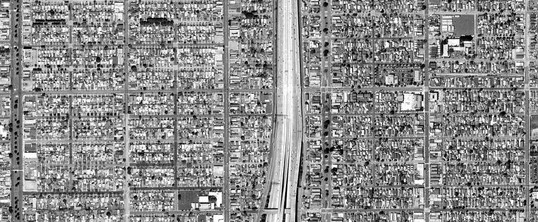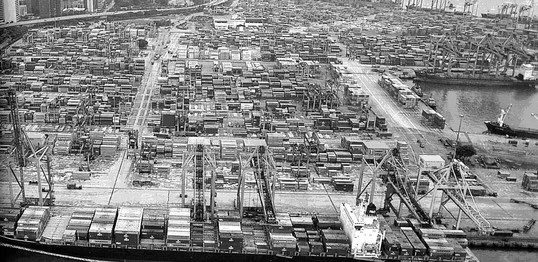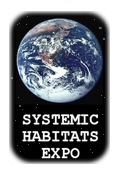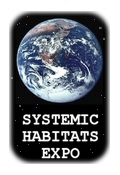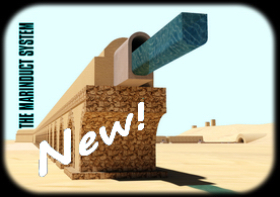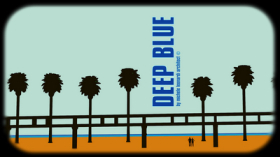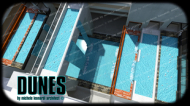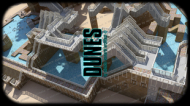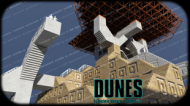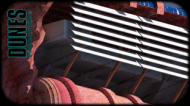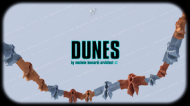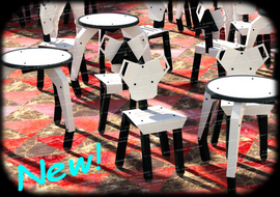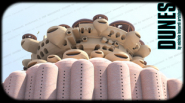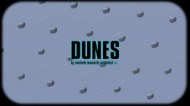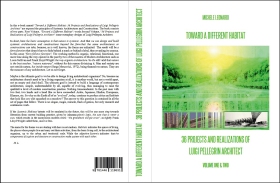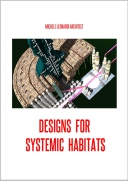the theme of
SYSTEMIC HABITATS EXPO
IT'S NATURAL
to believe that the city is the invincible sign of all human civilizations. The urban layout stigmatized by Hippodamus of Miletus more than 2,000 years ago, and here reduced to pure parcelling grid, it would be implicit in the existence of all societies; according to this logic supposed spontaneous, the urban bidimensional grid would be an inevitable event, just like the building-box. Two models of housing, that of Hippodamus urban pattern and that of building-box, apparently practical, economic and ... "on a human scale":
1 - A district of Los Angeles in aerial view.
2 - Los Angeles' skyscrapers by night.
3 - A metropolitan suburb of Detroit characterized by residential buildings in low population density.
4 - Containers stacked at the Port of Singapore.
5 - Typical residential skyscrapers in high population density located in Hong Kong, due to the small amount of space available in this city, but nevertheless reflecting the ordinary construction practice around world.
WHAT IS COMMON
among this set of buildings and containers, is their degree of spatial and functional organization. As it is known the containers are standardized iron boxes for goods which, in the case of the port, are waiting to be routed to other places. Up to this point everything is ordinary.
The problem is that the same treatment, namely that of pure objects stacked one beside the other, it is also reserved to the urban buildings, i.e. to the components of towns. This is the same degree of organization which in general we can observe in a library, in a graveyard, in a parking full of cars. The global cultural flattening and the conformism they make us believe that this way of living on Earth it appears that is the inevitable fate for the contemporary man: a number between billions of numbers, canned meat, passive objects to put in containers.
With a neologism, we call this millennial urban layout full of building-boxes, "the habitat-city". As is well known, especially for a century to now, this habitat model (in particular that of modern urbanistic zoning) produces around the world only squalid new suburbs and anonymous cities. We are talking about "the sum that is never a sum", that is, a set of separate "pieces", which are never linked each other. If we replace the old engine of a car with a new ecological engine, the result does not change: the new car is eco-friendly, but the final result is always the same, the new system is always the same as before, the old car. Similarly, a new eco-friendly building can not change anything in the context of the city if it is conceptually always and only a container indifferent to content. In this way the new piece produces no change in the system, the con-temporary habitat-city.
M. L.
What is the SYSTEMIC HABITATS EXPO?
IT'S NOT A MANIFESTO
of an new ideology. It is not a program, but is a continuous and open research.
A research stopped in urbanism and architecture at the end of the 70s, with the advent of the superficiality, of Postmodernist trend and successive decades of disengagement, and with the privatization of the world. Now the space is owned by the machines, inside and outside the buildings. The owners of the space on the Earth surface are the machines, not our feet to walk in that space. The architecture can integrate the machines in the artificial space (cities, buildings, houses), leaving free the space for the human body, for the persons, not for the things.
If it is true that 10 - 12% of the world population is sufficient to produce all the essential goods and services, then it is time to switch from quantity production, to quality production, abandoning the easy profits.
You have to get out of the tunnel of consumerism and planned obsolescence, quit an era of waste and unnecessary suffering for the weak and unfortunate people.
This statement is not moralistic: it is rather pragmatic. The man of the city lives chasing an illusory materialistic happiness, that he should conquer consuming a lot of unnecessary things and stupid status symbols. We consumes the whole life in this way: chasing chimeras.
The increasingly progressive financial crisis in the globalized economic market announce the decline of Capitalism era, and the entrance into a period of transition and renewal.
Then what is at last
THE THEME
OF SYSTEMIC HABITAT EXPO?
Essentially and simply:
- visionary architectures doable today;
- visionary architectures feasible in the future, because even the present needs the future and a vision;
- innovative construction models, innovative building systems, innovative prefabrication, resource saving, integration of technology systems, synergy, etc.;
- innovative habitat models, created before for humans and living beings, and after for things and machines;
- real architectures and constructions with a soul, ideas, thought.
- the change: change is the only real law of nature.
In the following pages you can publish free
your innovative constructions
and your visionary architectures!
IT'S OPEN TO ALL VISIONARY PERSONS and free !
. . .


